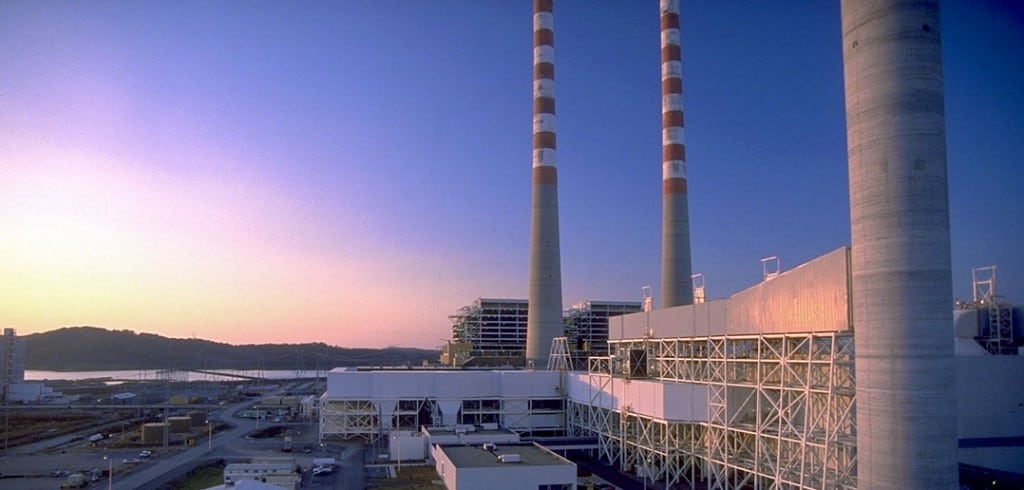Over the past year and half, I have written a number of articles about the largest change in the electric power industry since, well, electric power. The U.S. Environmental Protection Agency (EPA) has finalized a new rule that will dictate, for the first time, the emissions of carbon dioxide from the large power plants that generate the vast majority of the electricity you consume. These new rules, called the Clean Power Plan, will soon carry the force of law. In some ways, these changes will be invisible to most people. In others, they’ll directly impact you.
When the EPA first released its draft version last year, the text was published to give ordinary citizens an opportunity to comment on how the rule might affect them. And did folks ever submit their thoughts and ideas! This rule received more input — both positive and negative — than any the EPA has ever proposed. In fact, more than 1.6 million comments were received. Of those, 1.1 million came from electric co-op member-owners like you.
The Tennessee Electric Cooperative Association, on behalf of all of Tennessee’s electric co-ops, submitted important information to draw EPA’s attention to several shortcomings in the proposed rule. Most importantly, we pushed back on the rule’s unfair treatment of under-construction nuclear generation. Despite the fact that nuclear power production results in no emission of carbon dioxide, the rule did not give credit for electricity that will be generated by three nuclear units now under construction — in Tennessee, Georgia and South Carolina.
Thankfully, the EPA listened to the outcry on this specific concern. In the final version of the rule, these new carbon-free plants that will power millions of American homes should count in calculating a state’s compliance with the plan. I say it should, rather than it will, because the team of experts I work with has not fully reviewed the entire rule. At just shy of 4,000 pages of technical documents, legal language and modeling data, this rule requires a lot of time and effort to analyze.
I remain concerned, however, that implementation of this rule is outside the authority Congress granted the EPA. No regulation implemented under the Clean Air Act has ever attempted to mandate actions “outside the fence” of the power plant itself. EPA’s previous regulations have only attempted to affect the operation of a coal- or natural gas-fired generating unit itself. For instance, a rule might require the use of certain types of equipment inside the boiler of a coal plant.
In this case, however, the Clean Power Plan requires limitations in the performance of coal and gas plants that EPA acknowledges cannot be physically met by today’s technology. Therefore, there are only three options for compliance.
The first is to stop using these types of plants altogether. In most cases, this would result in an asset that electric ratepayers would be required to complete paying the mortgage for but receive no benefit from, which is referred to as a stranded asset. Clearly, this would result in significant electric rate increases across the country. Second, a utility could use less of one type of plant and more of another type of generation. This option — called redispatch — has huge cost implications for smaller utilities like rural electric co-ops. Lastly, utilities across the country could sell “allowances” amongst themselves and thereby create a trading market. This is an approach Congress specifically rejected through the “cap-and-trade” debates of 2009.
This lack of firm legal footing should be of concern to everyone, regardless of your opinion about the goals of the Clean Power Plan itself. The 4,000 pages that make up the Clean Power Plan are based on the legal authority of section 111 (d) of the Clean Air Act, which is only 303 words long. Given the extreme cost and complexity of this rule, the EPA has essentially taken a multibillion-dollar gamble that the courts will eventually find that these 303 words do, in fact, allow the EPA to remake the structure of the electric utility industry, force citizens to consume their electricity in different ways and at different times, irreversibly close power plants and eliminate the jobs that go with them and enormously increase the scope and authority of the federal government.
If the courts find otherwise and strike down the rule, what will be the irreversible damage to the economy? How will this entire effort have created further disparity in the quality of life between our rural communities and the fast-growing urban areas?
If the rule is found to be legal, what then will be the result of all of this change? Well, the EPA answers this question with estimates and scientific modeling that predict the full implementation of the Clean Power Plan will limit global temperature rise by 0.018 degrees Celsius by the year 2100.



